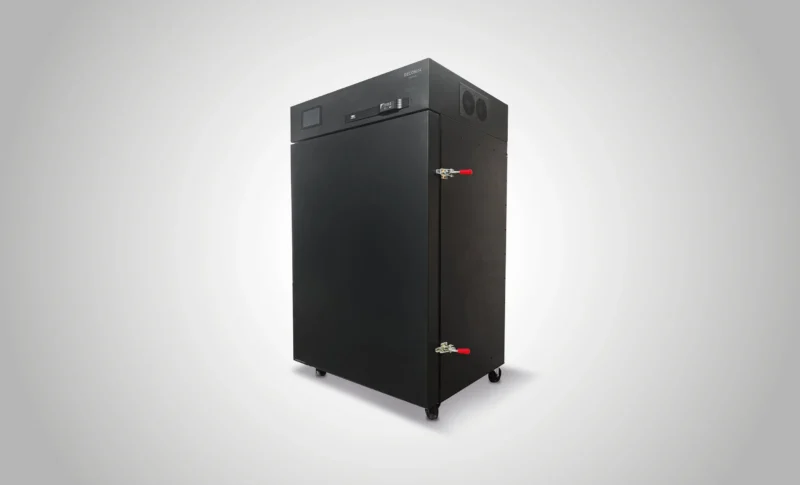Standardization, regulation, compliance, and licensing — the Four Horsemen of the Cannabis Apocalypse — are topics that are never too far away during cannabis industry discussions.
With the ongoing absence of federal legalization in the U.S., no matter where one sits on the cannabis value chain, the reliance on a non-uniform, state-by-state approach to each of these business-critical issues continues to be a burden.
As more states and jurisdictions legalize cannabis consumption for both medical and recreational use, the need for a uniform approach to regulation is now imperative.
And for those involved in cannabis extraction and the subsequent manufacturing of concentrates, perhaps this need has never been greater.
Spoiler alert — this article will not be delivering a panacea for these collective ills. Sorry!

That said, with the increasing focus on sustainable practices from seed to sale, a solution that delivers standardization for environmental, social, and governance (ESG) practices is finally within reach.
At Regennabis we have created cannabis-specific ESG standards based on the Sustainable Accounting Standards Board (SASB) pan-industry standards.
These apply to each of the license verticals in the cannabis industry. In total, Regennabis has identified 16 of the 26 SASB Disclosure Topics as applying to the cannabis space.
With the International Finance Reporting Standards and the International Sustainability Standards Board both agreeing to use SASB’s standards, the Securities and Exchange Commission has set about indicating which of these standards will be applicable across all industries in the U.S.
By adopting and adapting the SASB standards, Regennabis has subsequently future-proofed the cannabis industry to avoid potential hiccups in its ESG Reporting programs by ensuring a more aligned and relevant Materiality Assessment is used for its respective reporting protocol.
For manufacturers of concentrates, the graphic below indicates which of the 16 Disclosure Topics apply to them as they set about complying with the mandated and/or market-driven demands being placed on them by regulators. (See chart above.)
Ensuring compliance in alignment with an ESG framework will allow a concentrate manufacturer to demonstrate to stakeholders, both up and down its supply chain, that it is focused on mitigating risks in its operational practices.
It will demonstrate an adherence to good manufacturing processes across a range of geographies — and that will be an ever-increasing competitive advantage in an already crowded marketplace.






